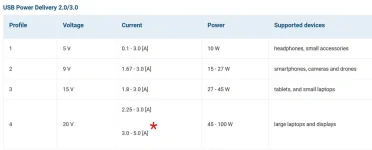There are many "E" phones. Is it this one?Motorola Moto E phone with this charger. I usually charge both the phone, and my JBL TV headphones with it at the same time. Both take about the same time to charge.
https://www.amazon.com/dp/B07DFWKBF7?ref=ppx_yo2ov_dt_b_product_details&th=1
https://www.phonearena.com/phones/Motorola-Moto-E-2020_id11422
According to specs, it can only charge at 5W, so that isn't fast charging, which is why your phone is not getting warm, but I'm surprised that you can charge it from 20% to 100% in 1 hour.
Even if the phone is capable of charing with higher power, that charger can only deliver 12W across both ports combined, so if you have something else charging at the same time, your phone is receiving whatever is leftover, maybe half of that.

